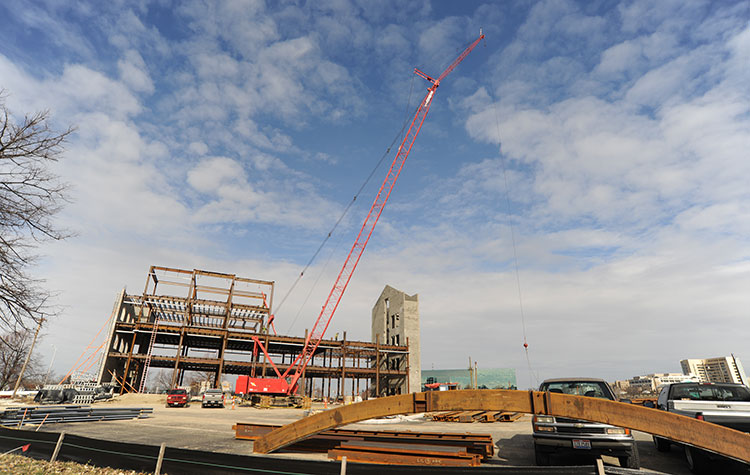Document Type
Article
Publication Date
11-2018
Publication Source
International Journal of Engineering Research and Management
Abstract
Over several decades, traffic growth has caused an increased number of traffic crashes, which are associated with economic losses and human sufferings. According to the National Highway Traffic Safety Administration [1] in 2016 there were a total of 34,247 fatal traffic crashes in the United States that resulted into 37,133 fatalities. Risk factors relating to the occurrence of fatal and injury severity of motor vehicle crashes have been extensively studied. Most studies [2-7] that have attempted to model the occurrences of traffic crashes and fatalities have been mainly confined to factors related to driver characteristics, roadway geometry characteristics, traffic characteristics, crash characteristics, and environmental characteristics. The driver characteristics usually modeled include driver age, gender, alcohol use, and drug impairment involvement. Roadway geometry factors mostly include horizontal and vertical alignments, roadway and shoulder widths, presence of work zone construction, and number of lanes. Traffic characteristics mainly include average daily traffic volume (ADT) and percent of trucks. For crash characteristics, factors usually considered include type of crash, manner of collision, and location where the crash occurred. The environmental characteristics include light condition, weather condition, day of the week and time when the crash occurred. However, some few studies [8-10] have attempted to model other factors such as socioeconomic factors that may play role in occurrences of traffic crashes and fatalities. Kirk et al. [8] explored the impacts of socio-economic factors and safety regulations have on statewide traffic crash rates in the state of Kentucky. Their study indicates that at the national level, socioeconomic factors such as poverty, income and education have a significant impact on traffic crash rates but when analyzed at the state level, they found that high school education attainment was the most significant indicator for elevated crash crashes.
Recently, many authors [11-13] proposed full Bayes (FB) hierarchical model to study traffic crashes over space and time. Although FB approaches accounts for the sources of uncertainties, but in some cases, the variables may not be converged after many iterations. In contrast, linear regression models have much lower running time and less space complexity.
The objective of this paper was to model socio-economic determinants of traffic fatalities across all U.S States. This goal was accomplished by employing the Geographically Weighted Regression (GWR) and global ordinary least squares model (OLS). The results demonstrated that the GWR model outperformed OLS model in terms of accuracy. Furthermore, it was found that population with travel time to wok less than 20 minutes, population with no high school diploma, median income, population with age over 65 in labor force and high school graduates between 18-24 significantly contributed to traffic fatality rate.
ISBN/ISSN
2349-2058
Document Version
Published Version
Copyright
Copyright © 2018, the Authors
Publisher
Eclat Research Publication
Volume
5
Peer Reviewed
yes
Issue
11
eCommons Citation
Azimian, Amin and Eustace, Deogratias, "Modeling Socio-Economic Determinants of Traffic Fatalities" (2018). Civil and Environmental Engineering and Engineering Mechanics Faculty Publications. 68.
https://ecommons.udayton.edu/cee_fac_pub/68




Comments
Document is made available for download in compliance with the publisher's open-access declaration and the author's copyright transfer agreement. Permission documentation is on file.
Journal website